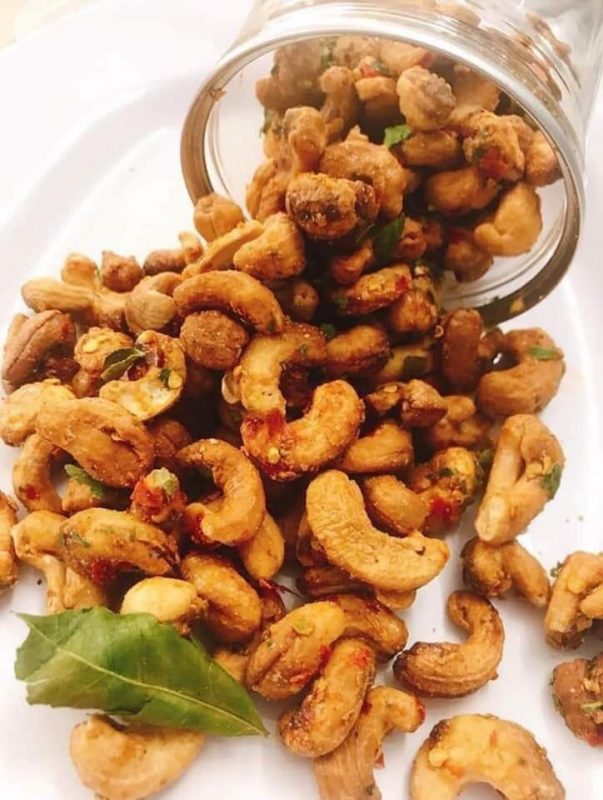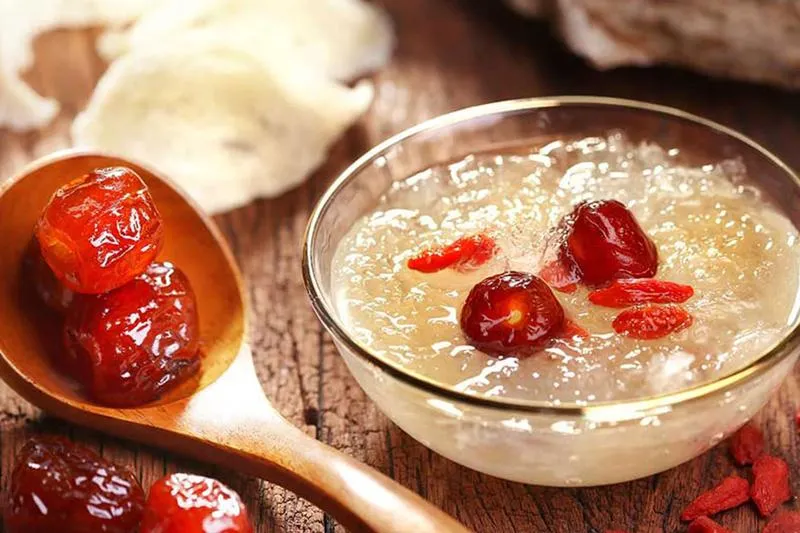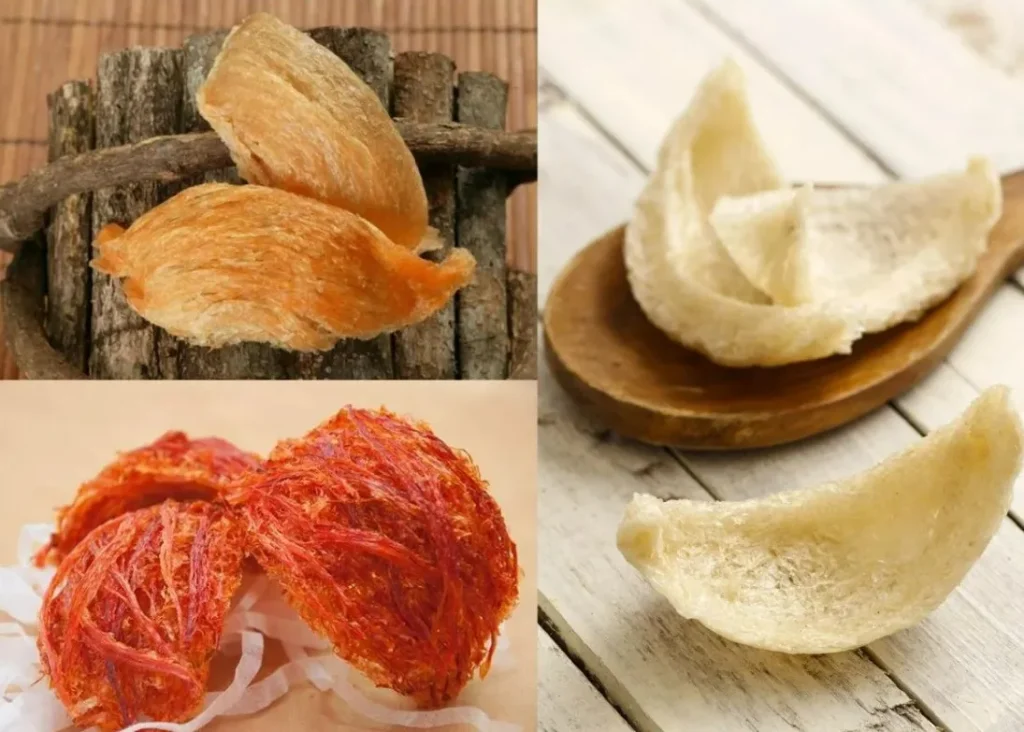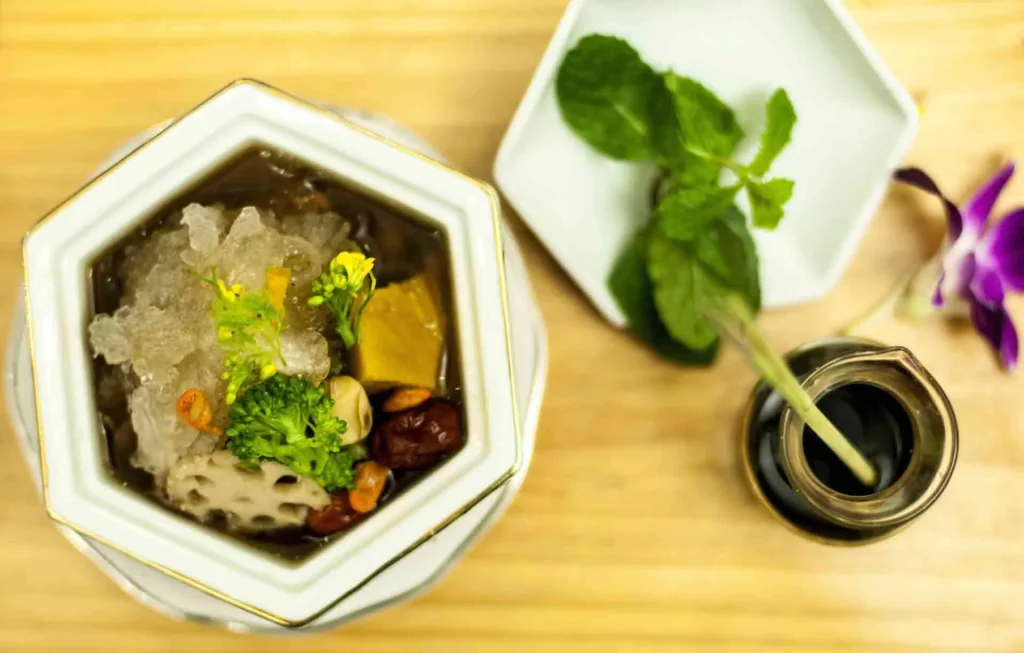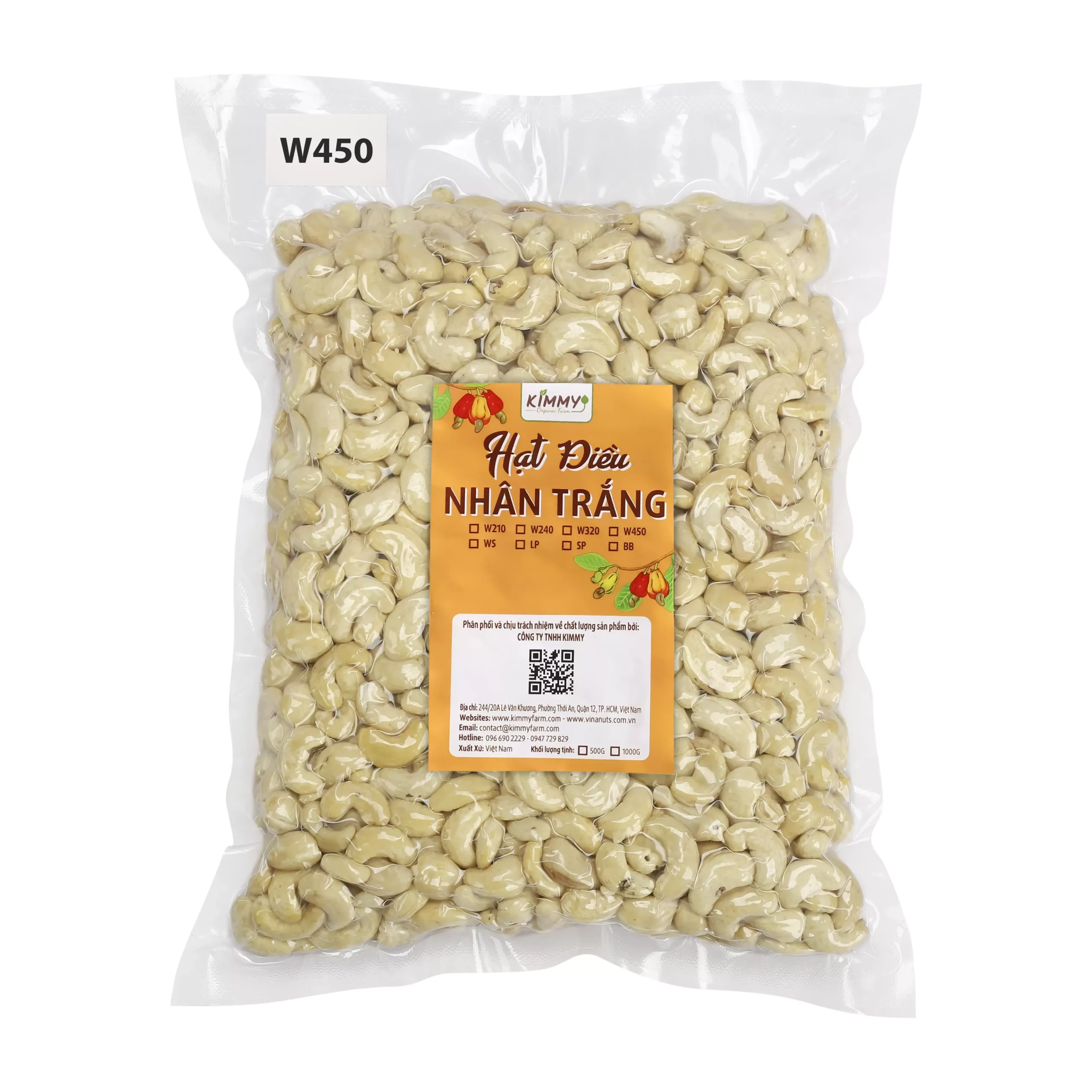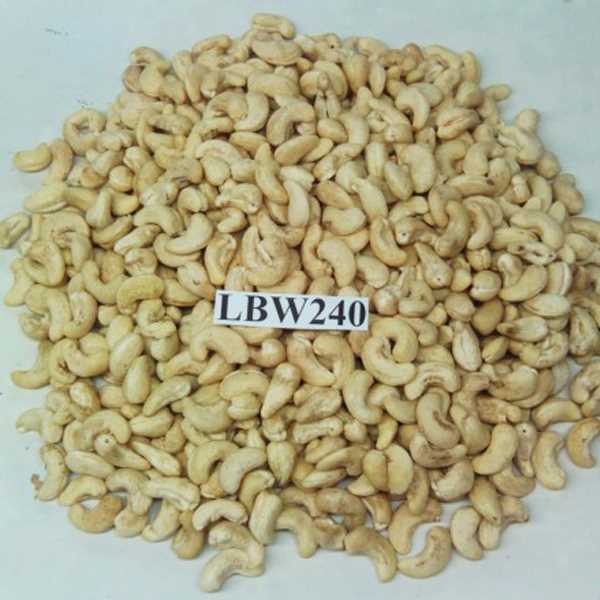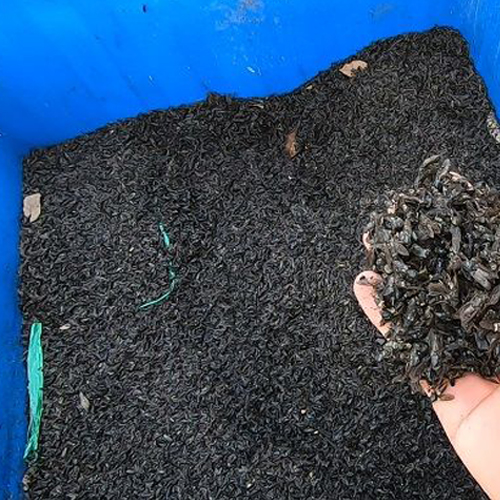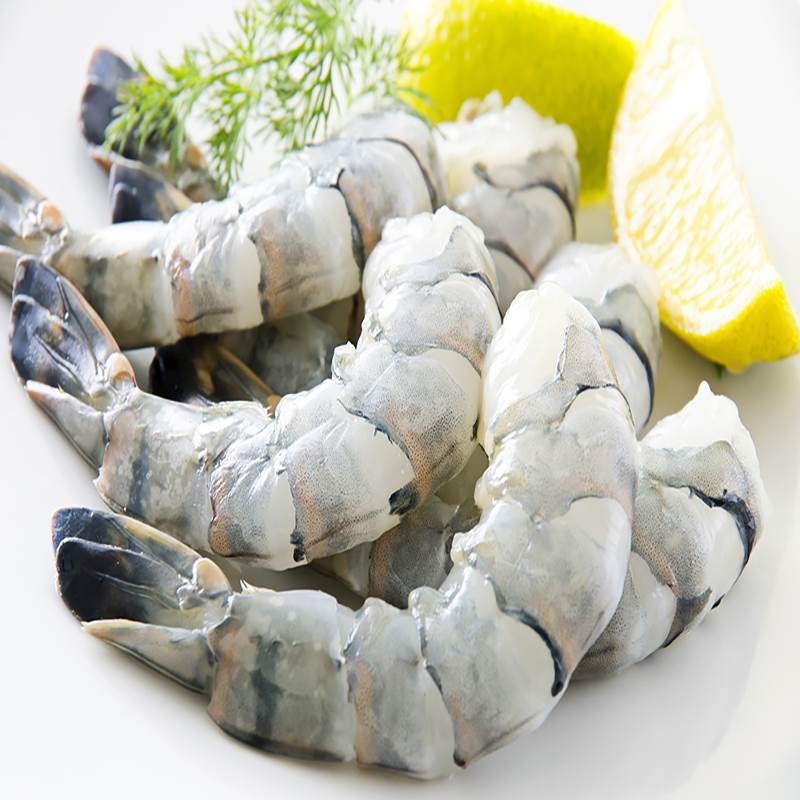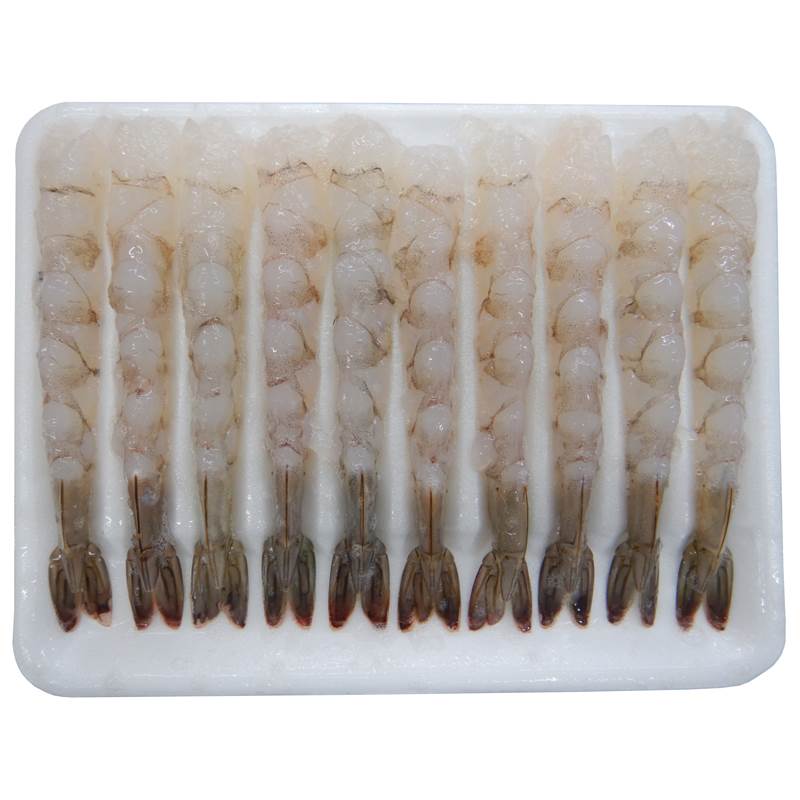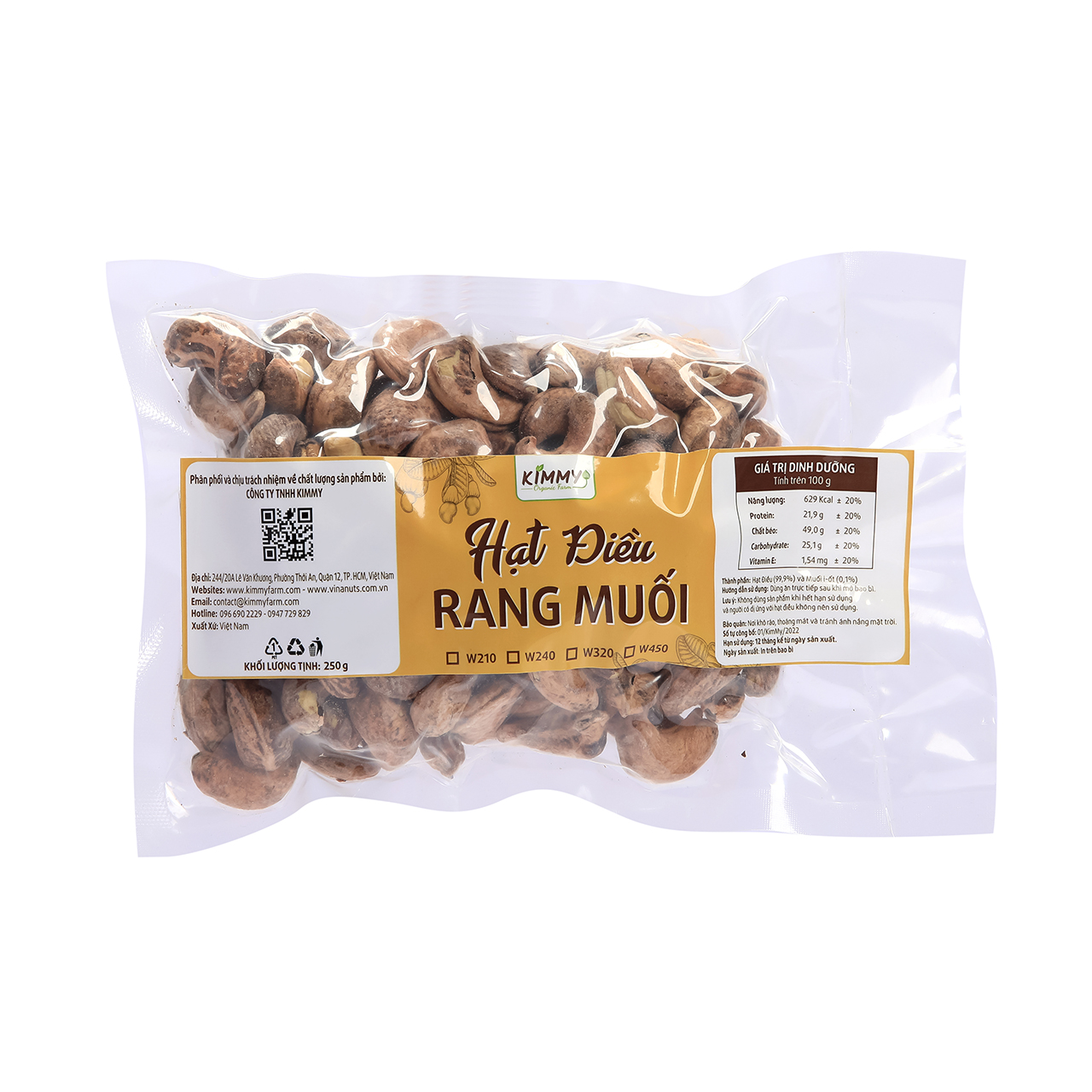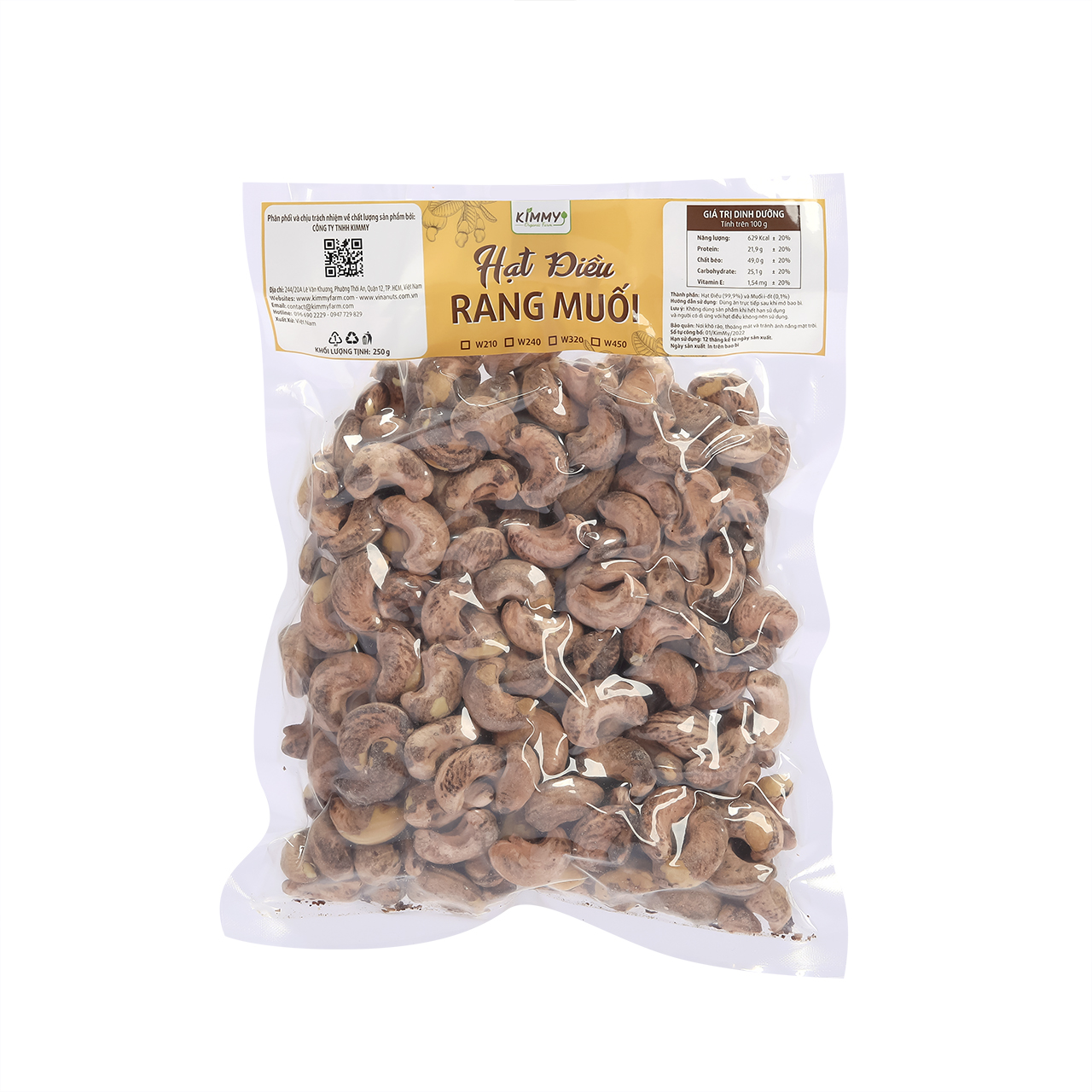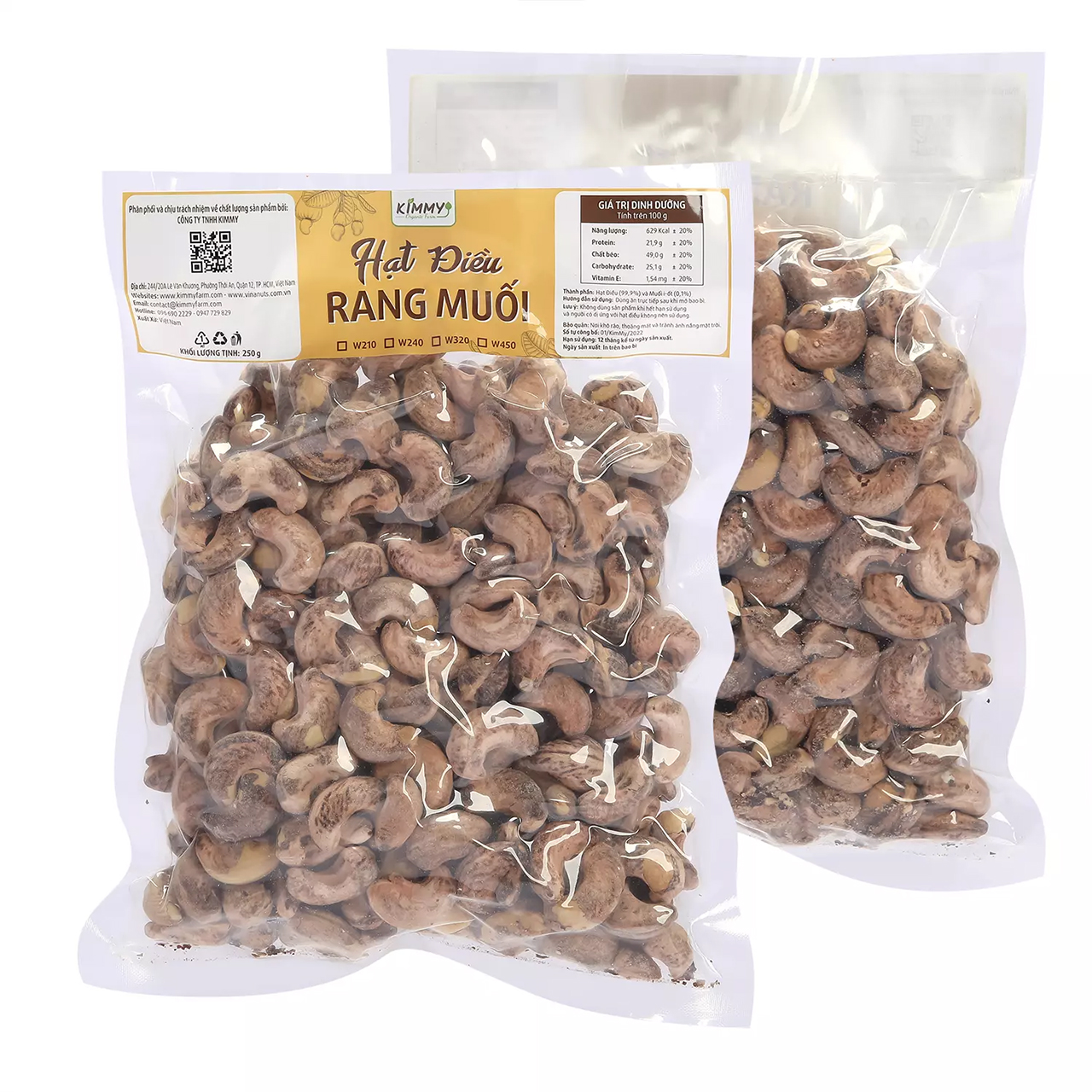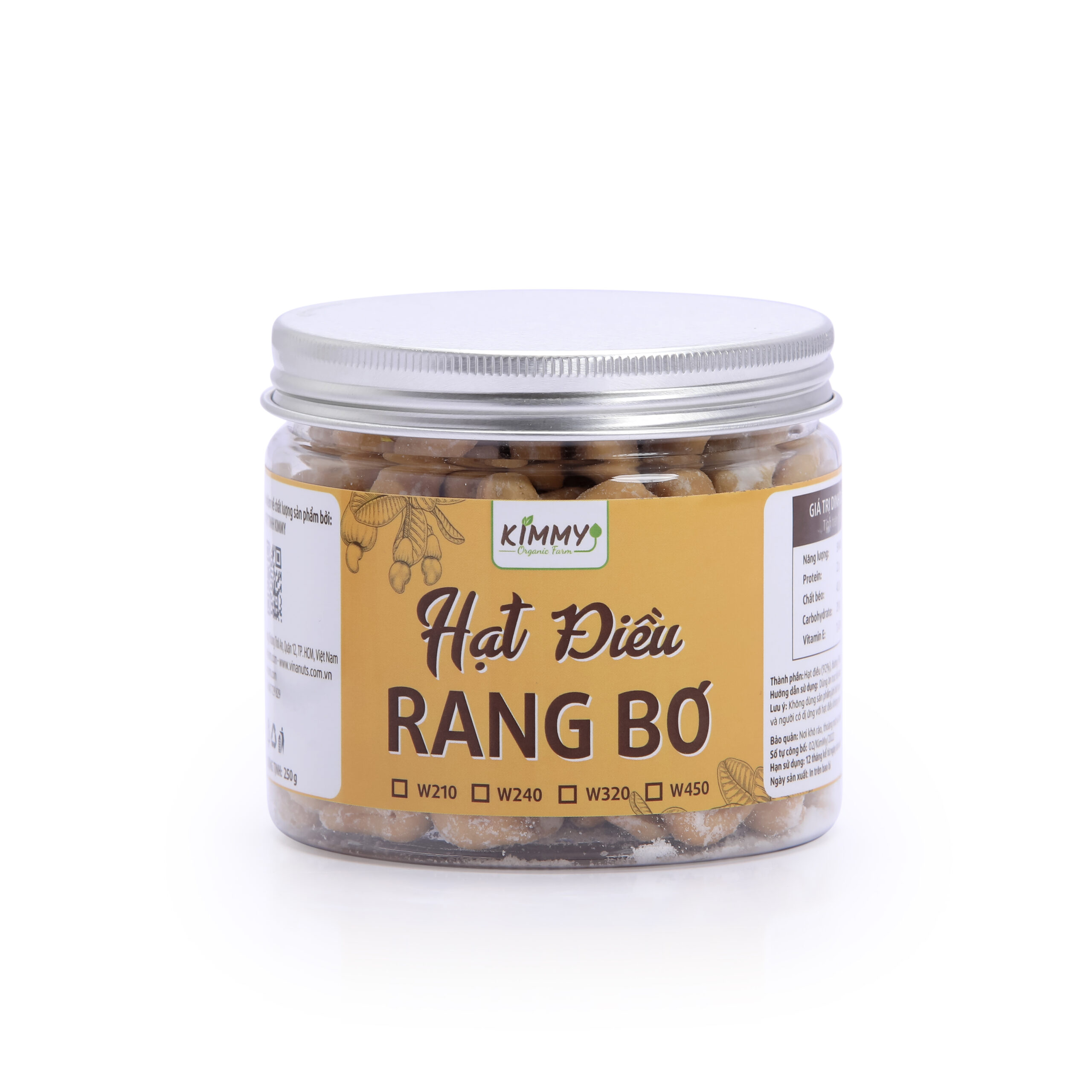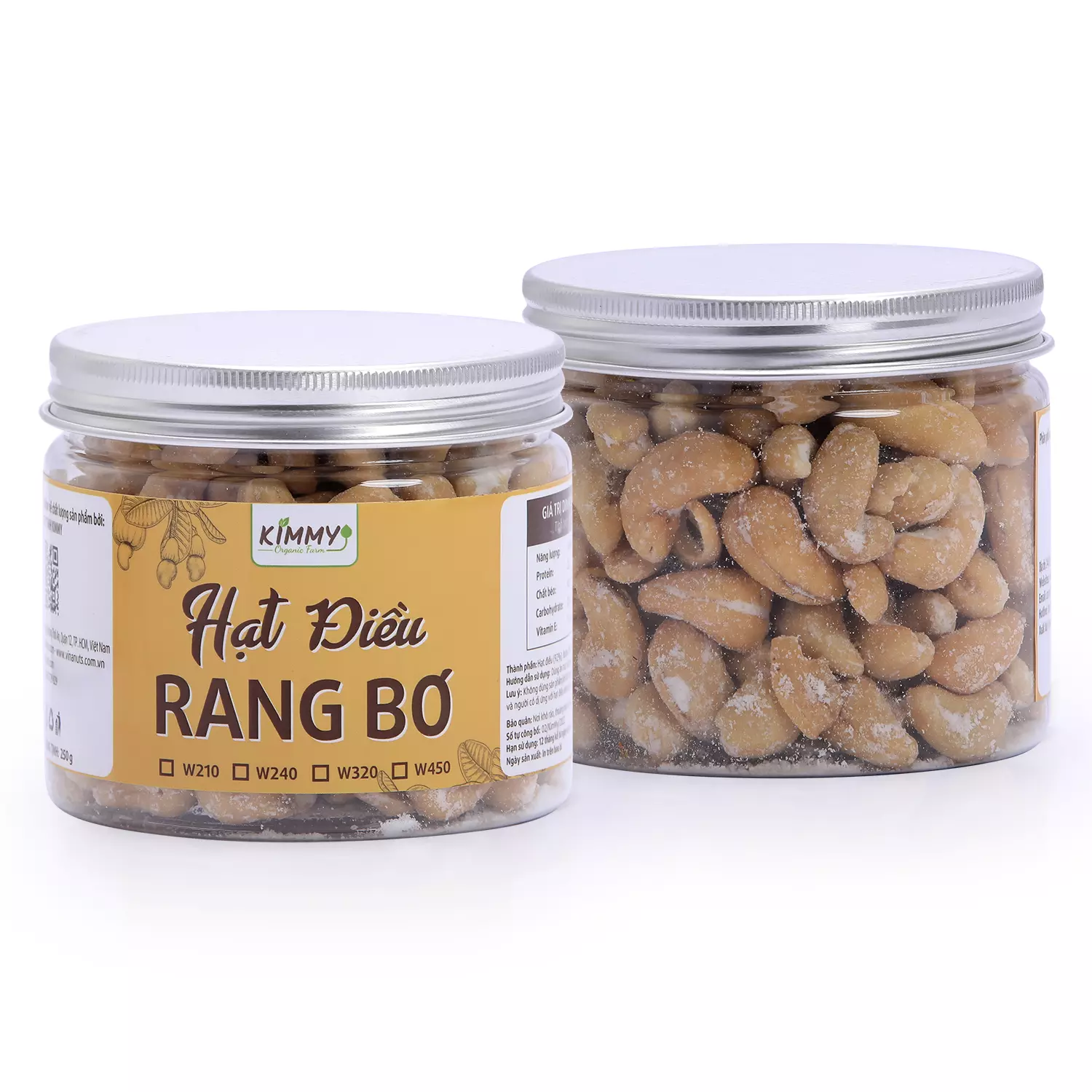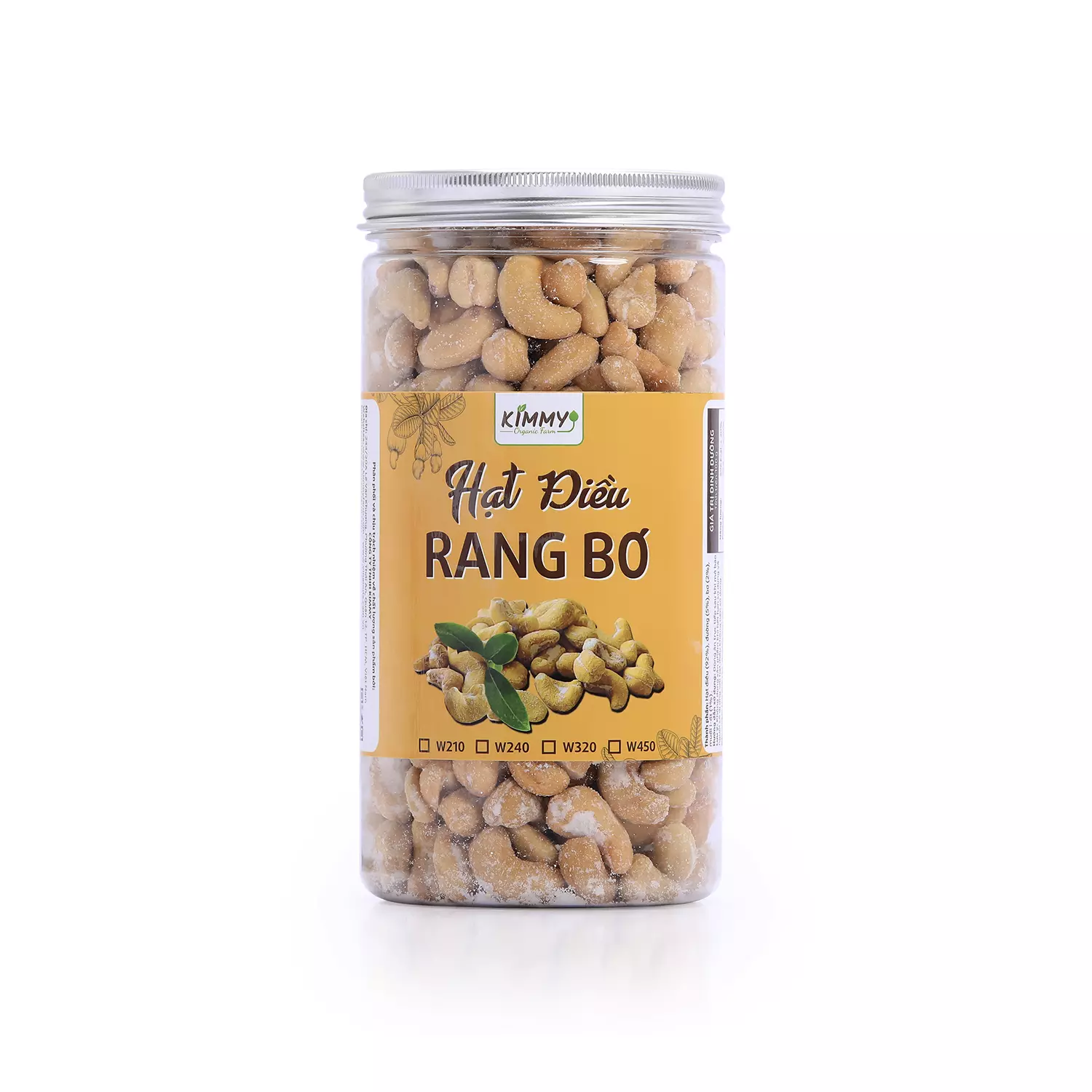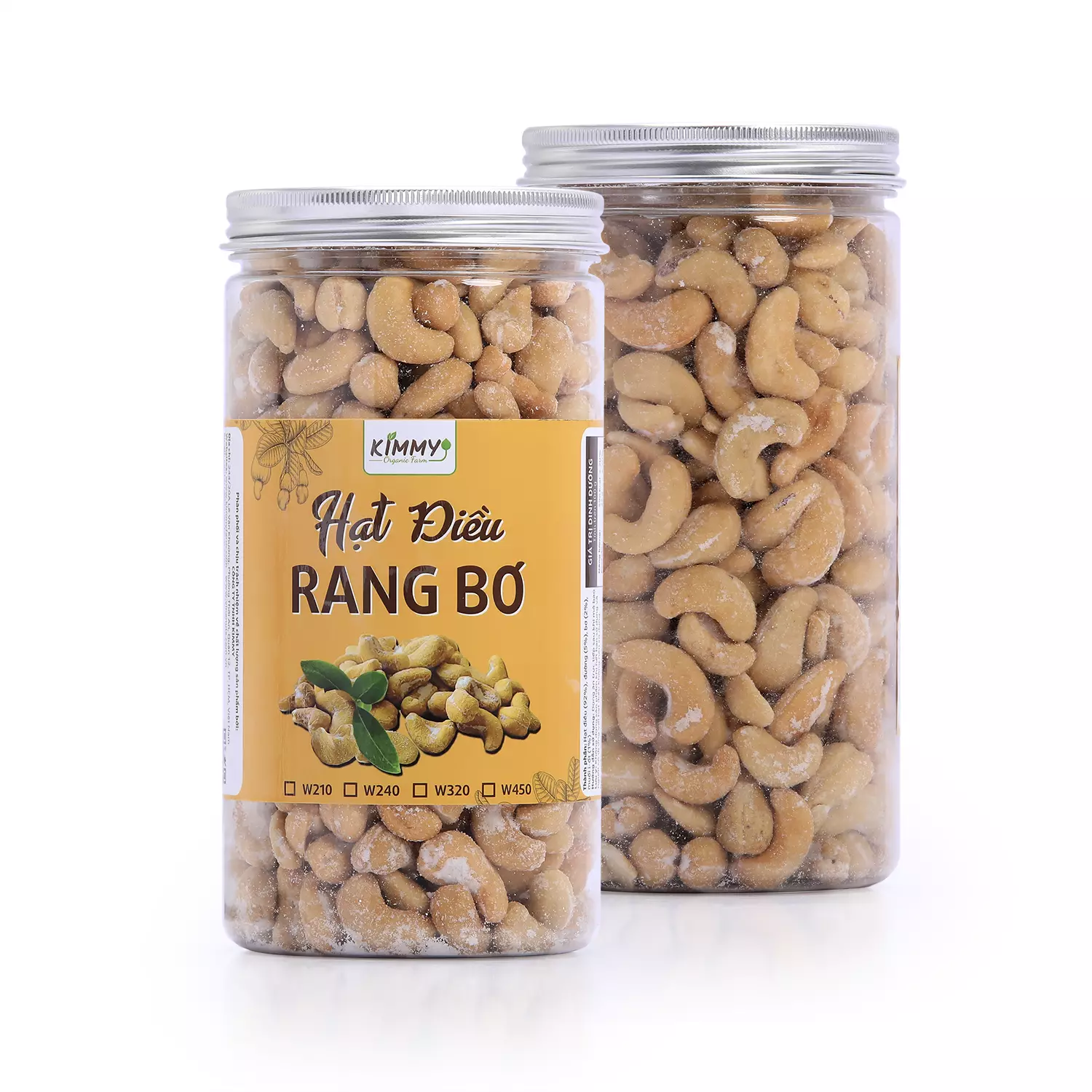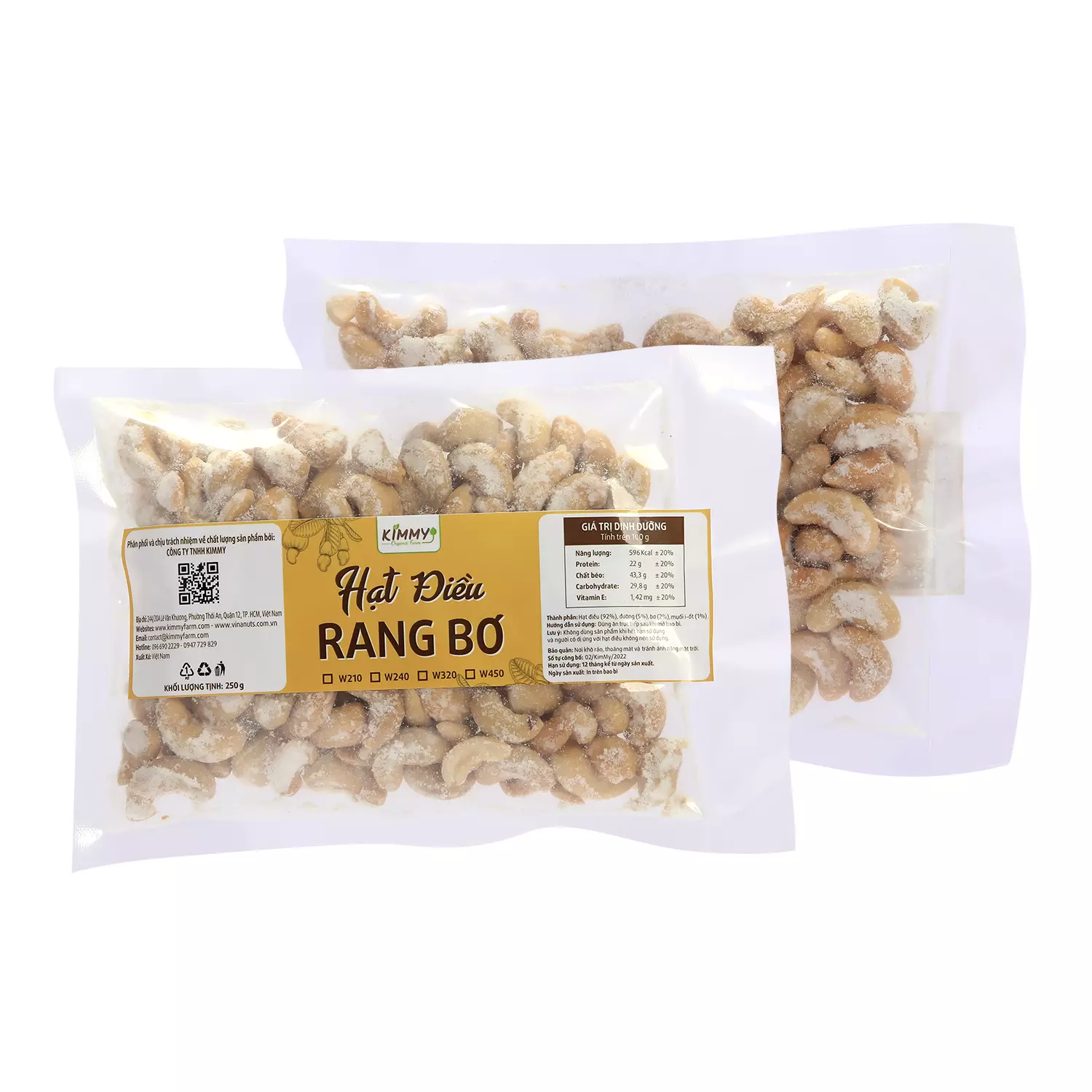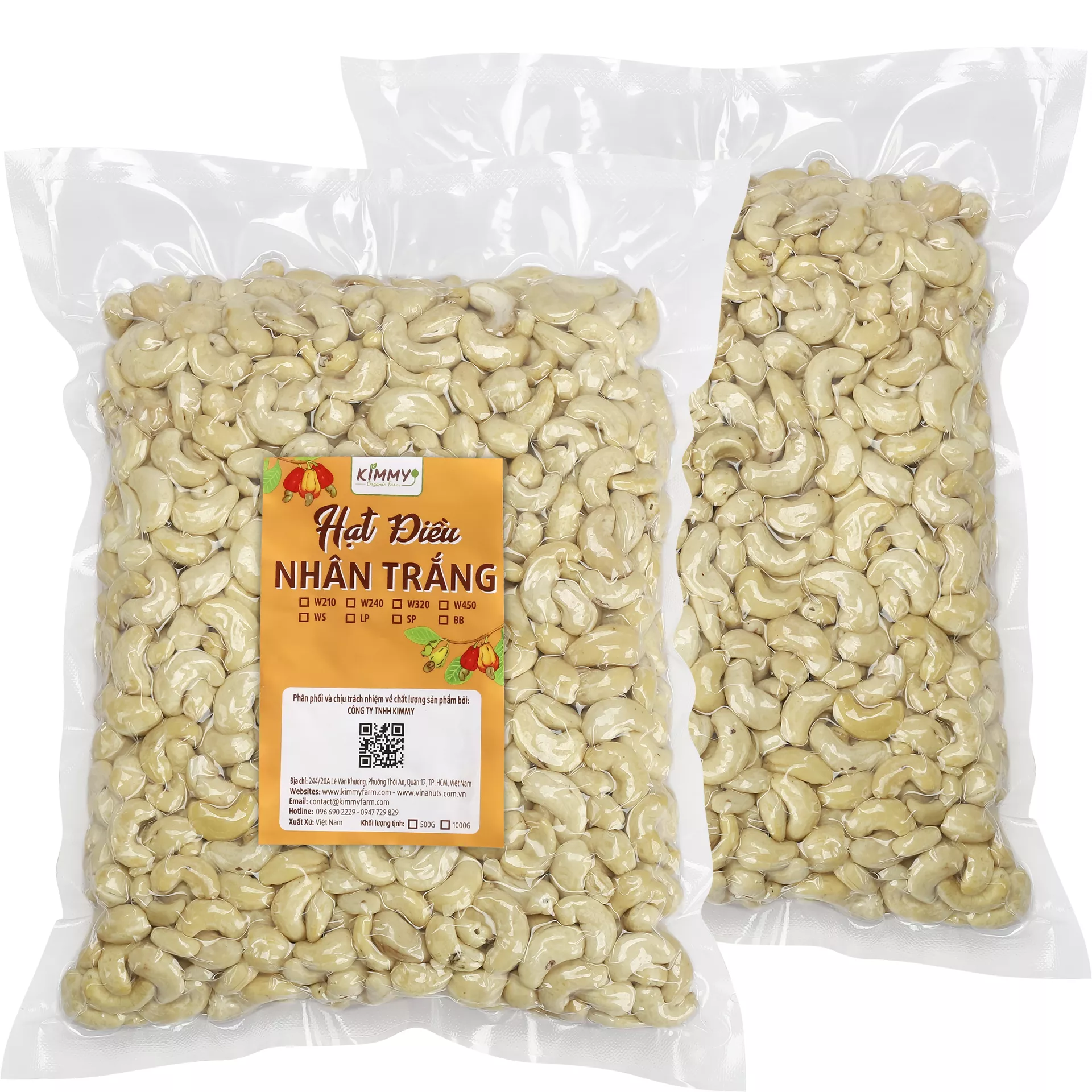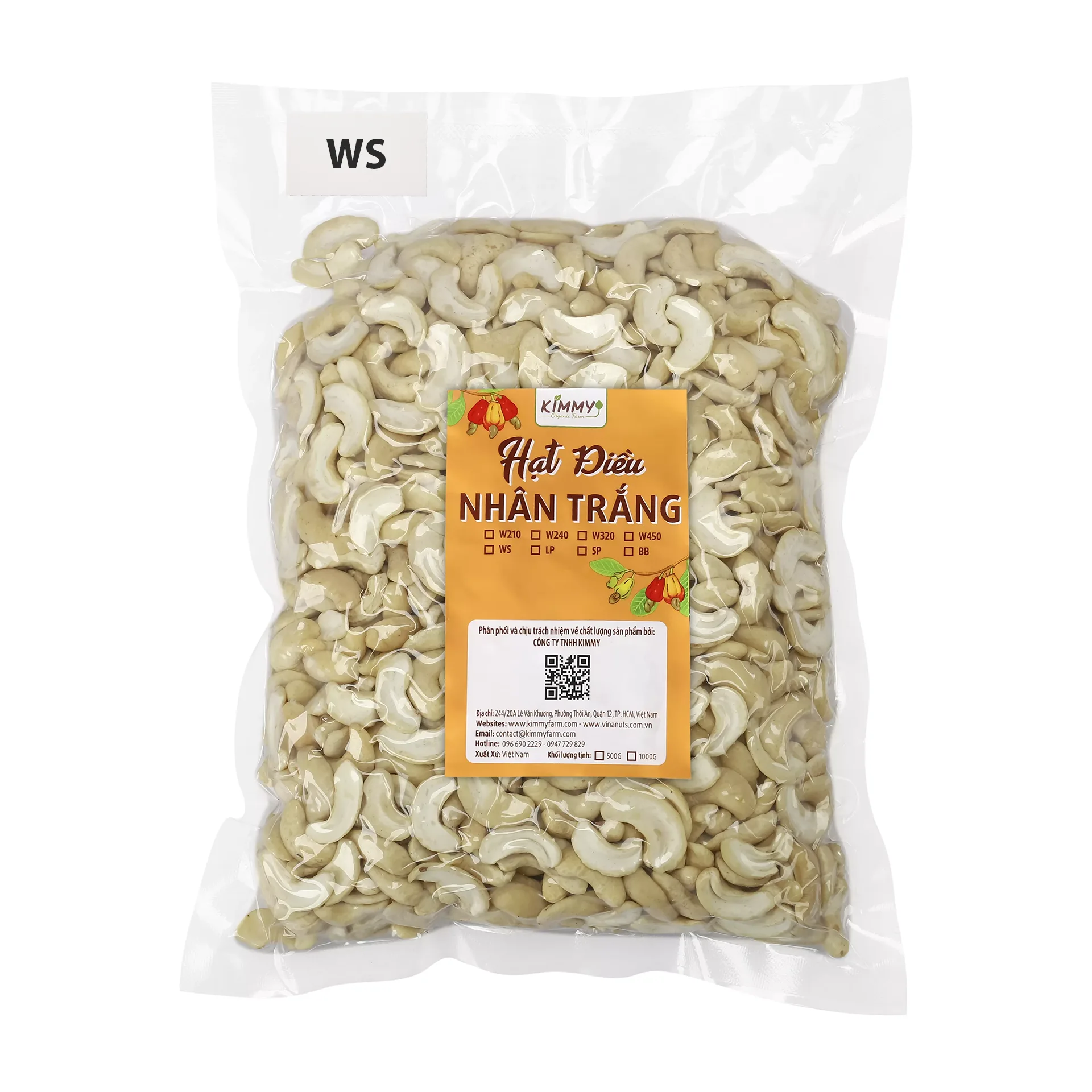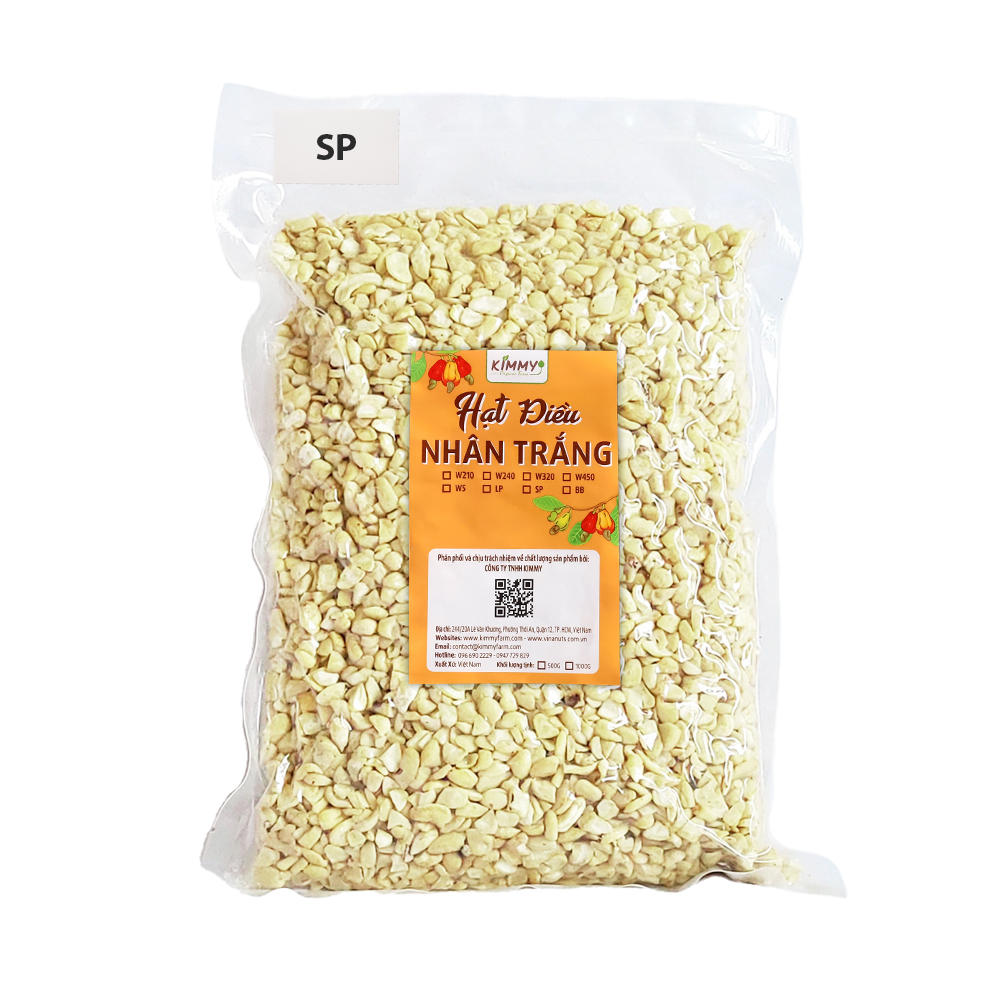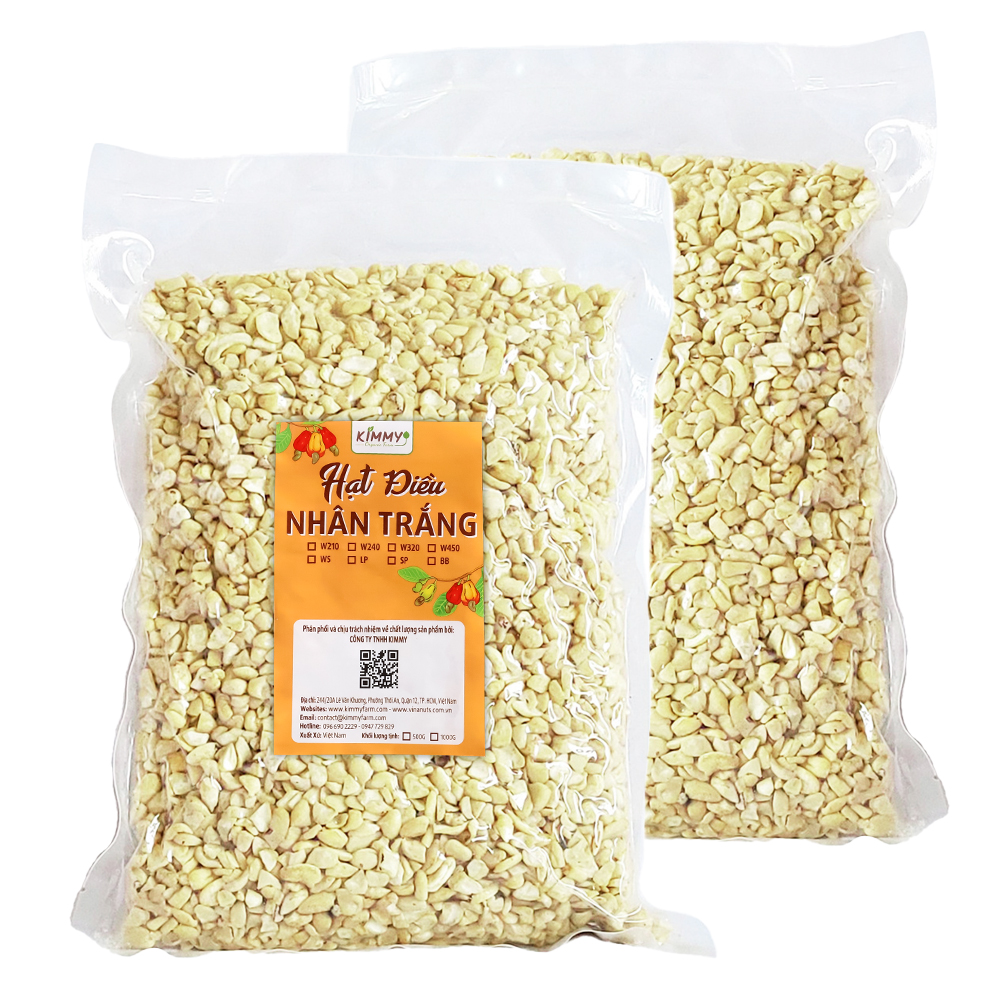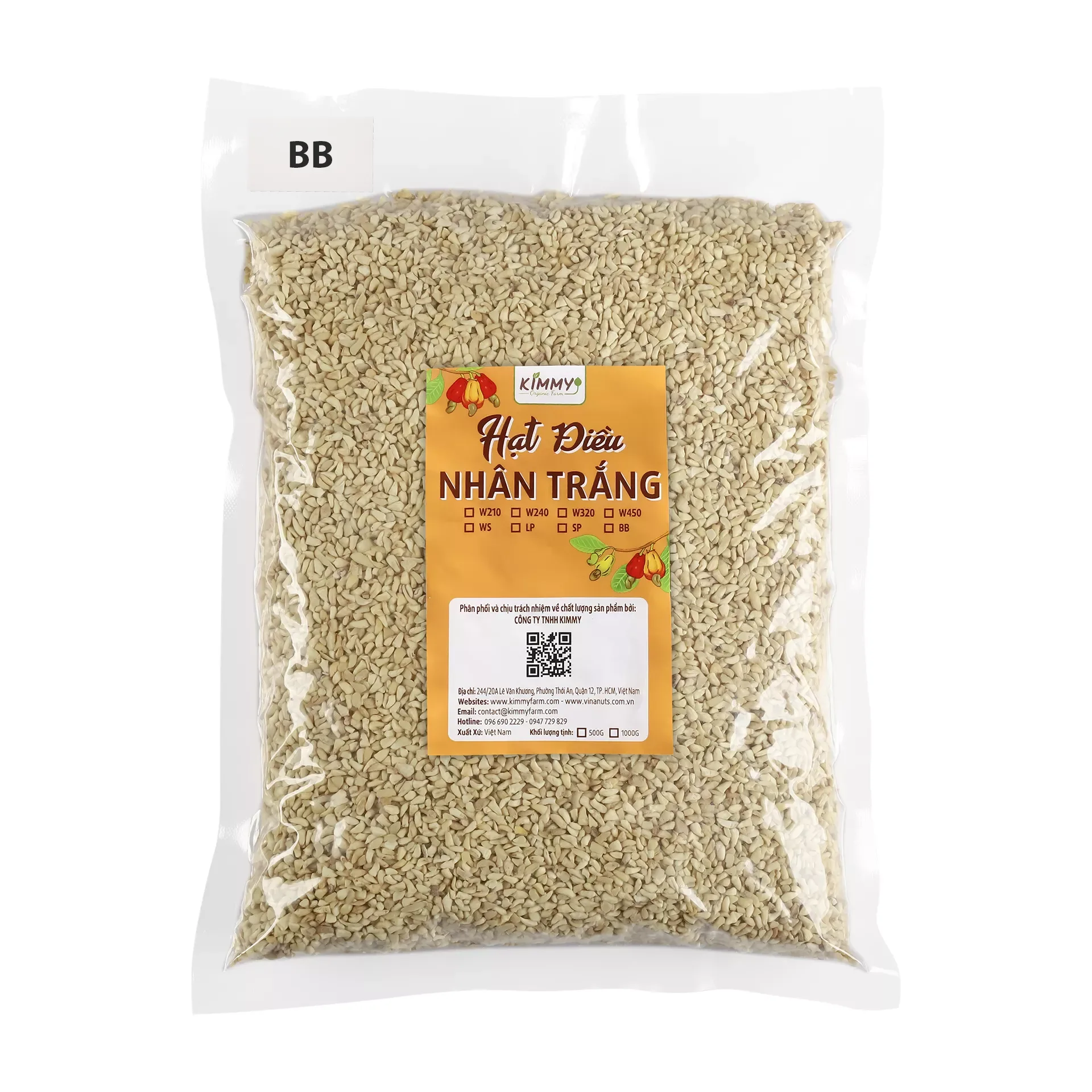White Bird’s Nest, also known as bạch yến in Vietnamese, is one of the most sought-after delicacies in Asian culinary traditions. Derived from the saliva of swiftlets, these nests offer a unique combination of health benefits, making them a prized superfood across the world. White Bird’s Nest is renowned for its purity, high nutritional value, and versatility, making it suitable for individuals of all ages. In this article, we will explore the origins, types, nutritional benefits, and the ways to incorporate White Bird’s Nest into your diet for optimal health.
What is White Bird’s Nest?
White Bird’s Nest is the most common type of edible bird’s nest available in the market. Its white or ivory hue reflects the swiftlet’s lower intake of minerals compared to other nests, such as the Red or Golden Bird’s Nest. It is considered lighter and more versatile in terms of usage and can be easily digested by individuals from children to the elderly. Swiftlets build these nests from their saliva on the walls of caves or man-made birdhouses. After harvesting, the nests are cleaned and sold in various forms, ranging from raw to fully refined nests. White Bird’s Nest is praised not only for its affordability compared to other types but also for its unique health benefits.

Types of White Bird’s Nest
White Bird’s Nest can be classified based on its processing methods:
Raw White Bird’s Nest:
This is the nest in its original, unprocessed form. It retains feathers, dirt, and other impurities, making it the least expensive type. Cleaning raw bird’s nest requires soaking and meticulous removal of impurities.
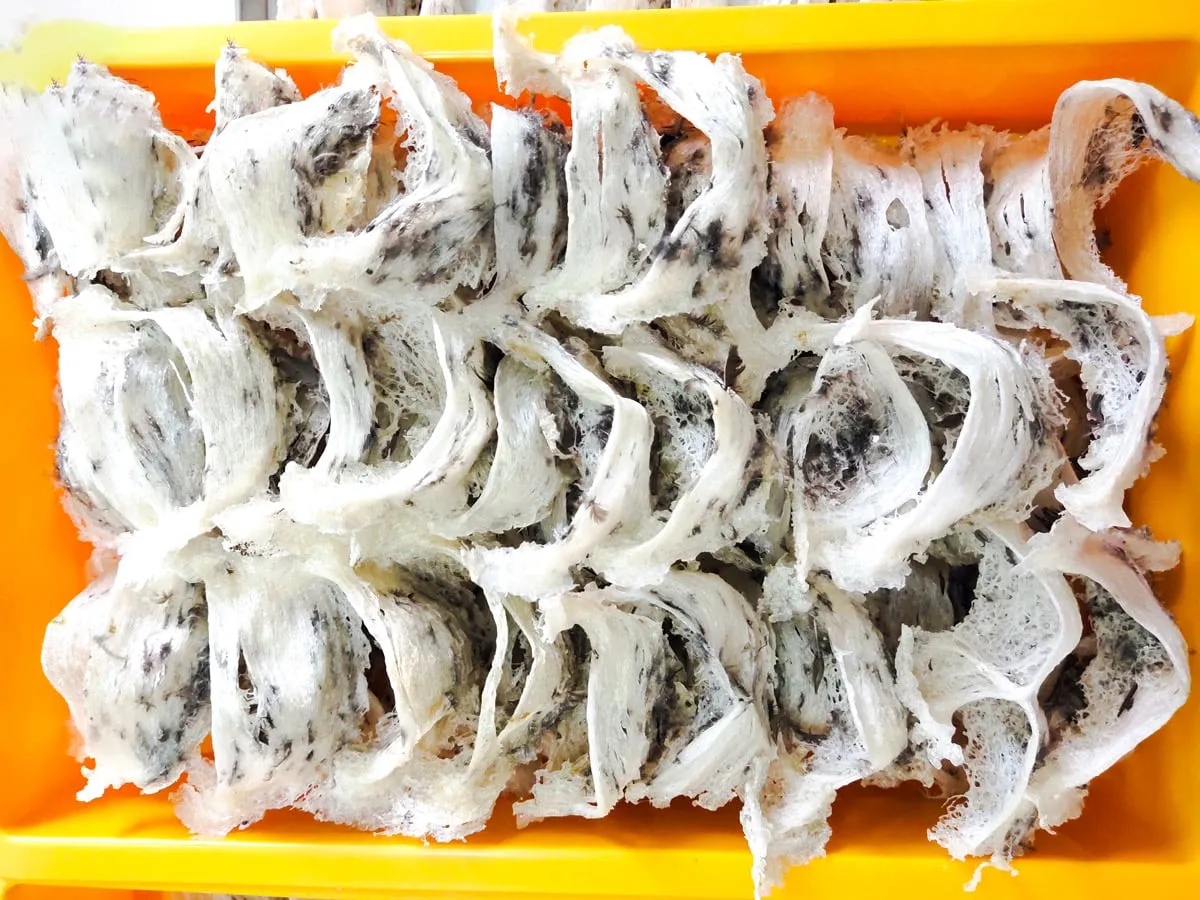
This is the nest as it was originally. The most affordable option, it holds dirt, feathers, and other contaminants. It is necessary to soak and carefully remove contaminants in order to clean raw bird’s nest.
Semi-Cleaned White Bird’s Nest:
This type has undergone a light cleaning process, often by misting and manual removal of feathers. It is about 95% clean, offering convenience without a loss of natural structure.
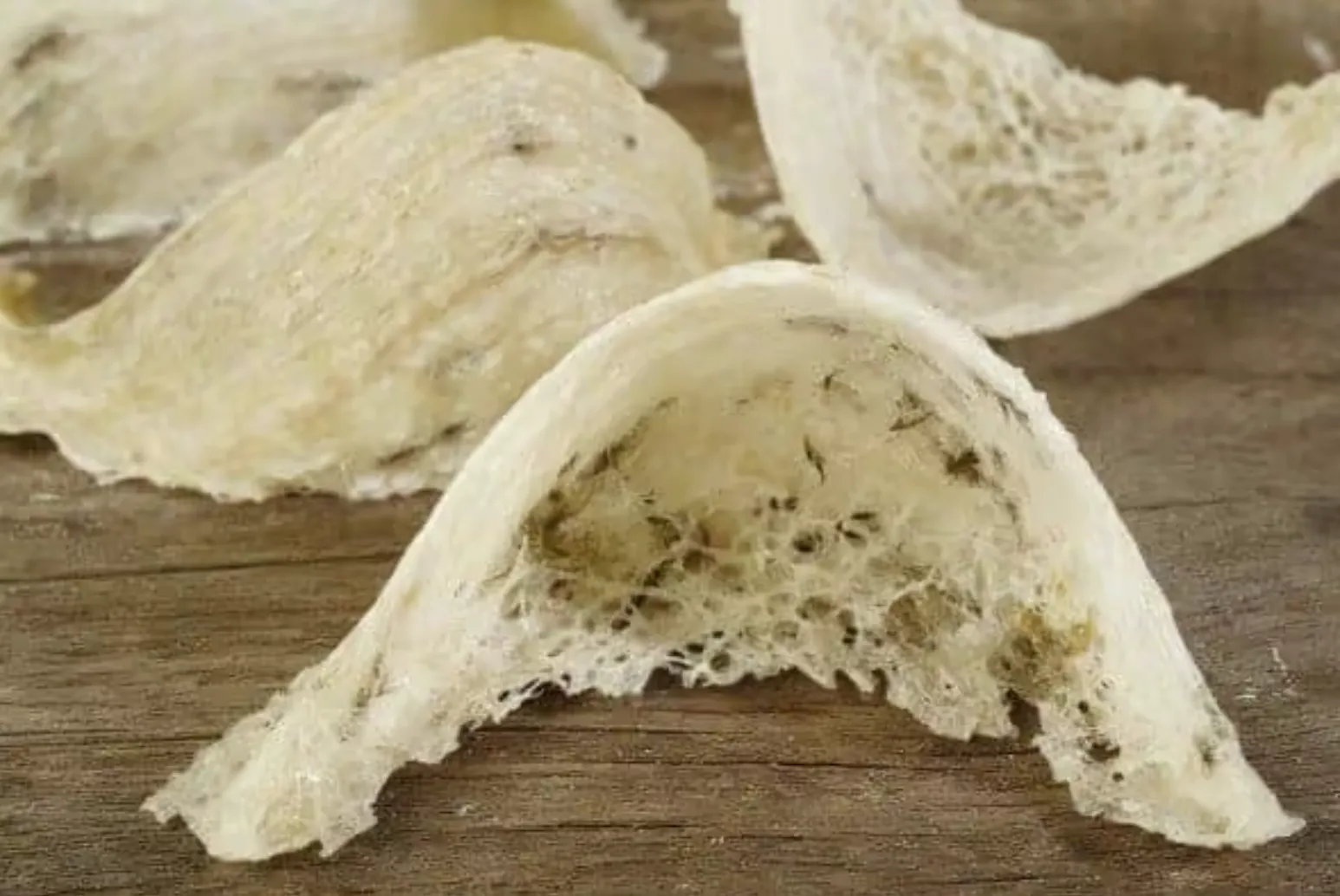
Cleaned, Refined White Bird’s Nest:
Fully soaked and cleaned, refined bird’s nests have 100% of impurities removed and are shaped and dried. This type is ready to use and is ideal for consumers looking for a hassle-free option.
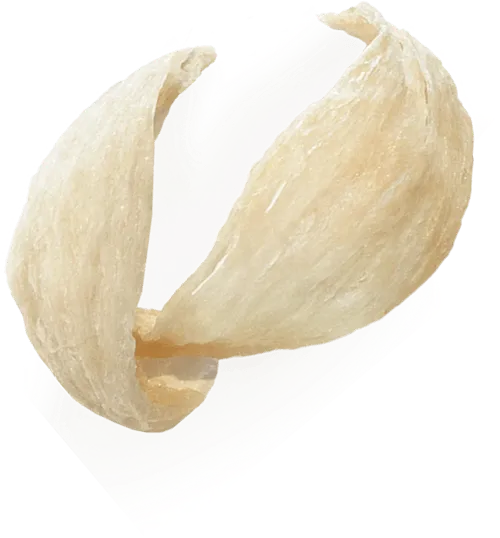
Grades of Edible Bird’s Nests
After clean and refine, The Edible bird’s nests are categorized into different grades based on their quality, form, and purity. Each grade is determined by factors such as shape, color, texture, and the presence of impurities. Understanding the differences between the grades can help consumers make informed decisions based on their needs and budget. Here’s a breakdown of the various grades:
Grade AAA nests
- Top 15% of Harvest Yield: Only a small percentage of the total bird’s nest harvest achieves this highest standard.
- Exceptional Form and Purity: Grade AAA nests are meticulously cleaned and crafted, retaining their natural, cup-like shape with little to no imperfections. They are almost flawless in appearance and texture.
- Premium Quality: These nests are renowned for their purity, free from feathers, dirt, or other impurities, making them ideal for high-end consumers and special occasions.
- Ideal For: Those looking for the best quality available, whether for gifting or personal consumption.
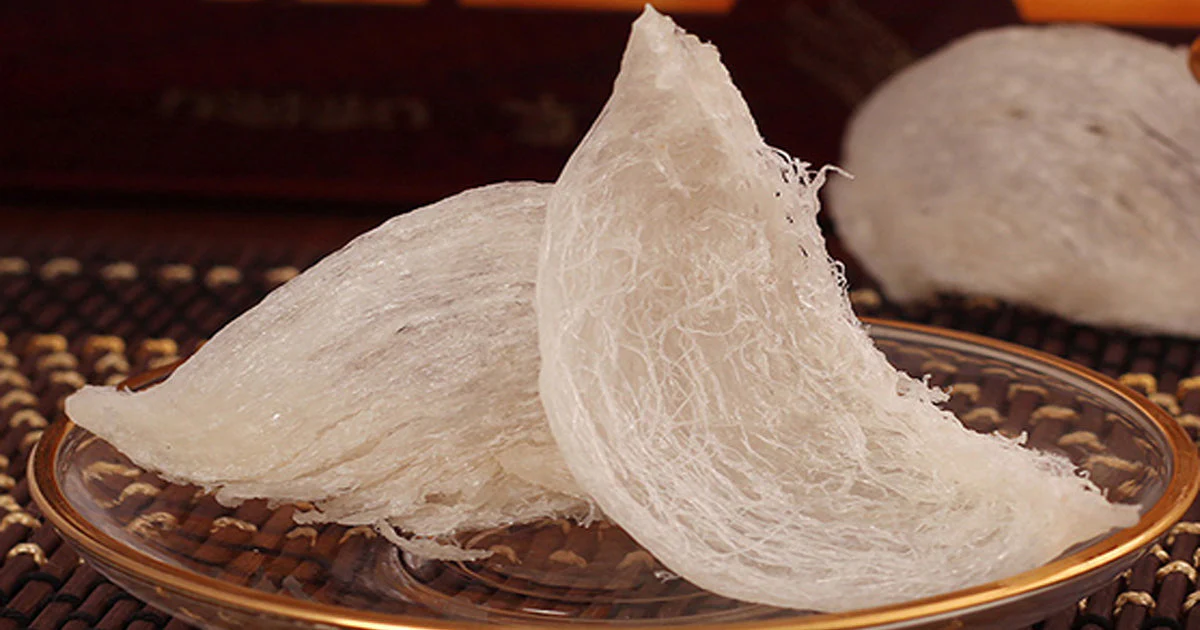
Grade AA nests
- Excellent Quality: Grade AA nests are slightly less perfect than AAA but still maintain a high level of purity and shape retention.
- Minimal Imperfections: While some minor flaws may be present, these nests still retain a natural, appealing form.
- Cost-Effective: They offer an excellent balance between quality and price, making them popular among discerning consumers who seek quality without paying top-tier prices.
- Ideal For: Health-conscious individuals or families seeking high-quality nests for regular consumption.
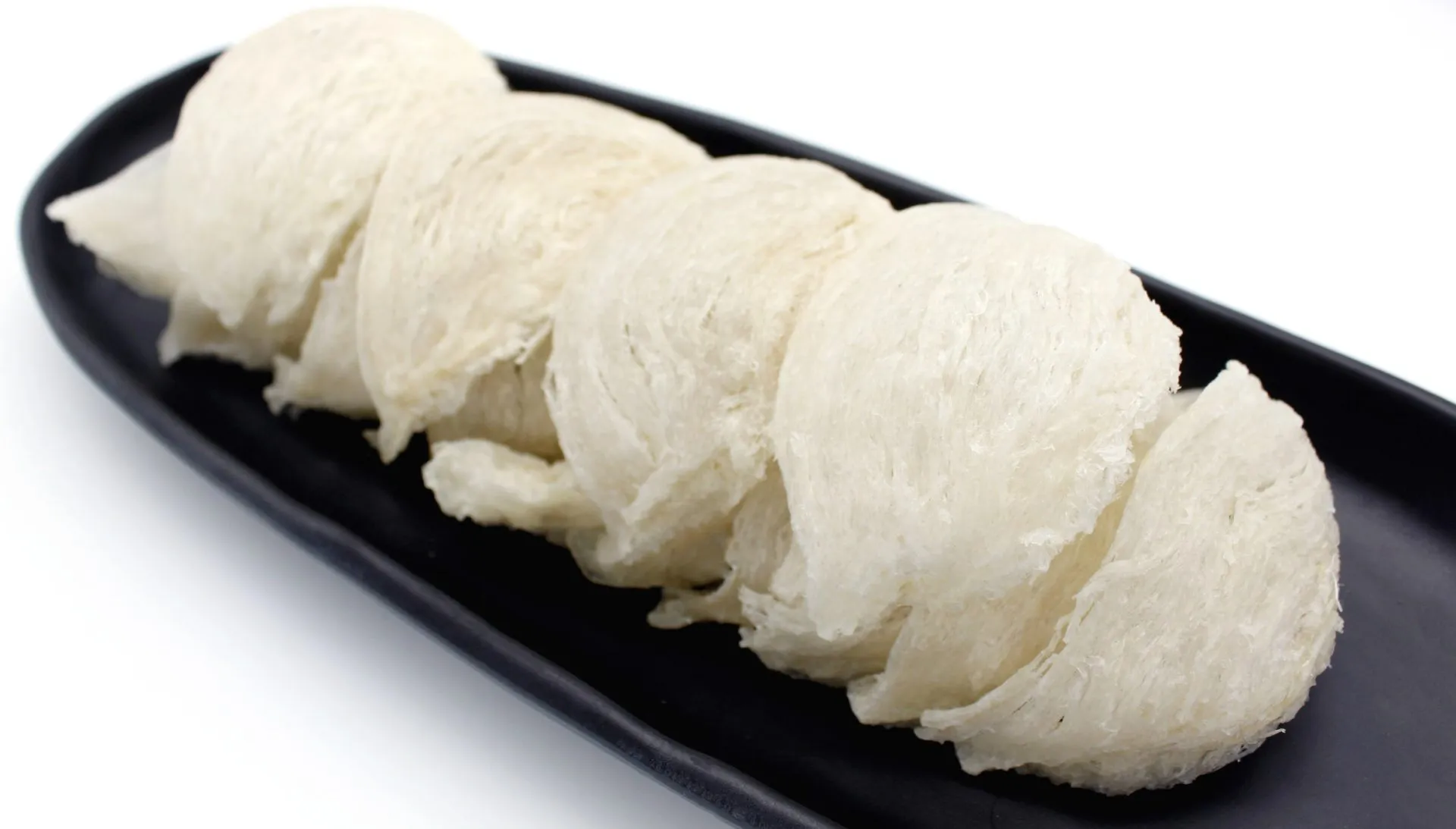
Grade A nests
- Affordable Yet High-Quality: These nests maintain most of their natural shape and quality, making them attractive for their affordability.
- Natural Shape: Grade A nests are generally well-formed but may show slight imperfections or unevenness.
- Broad Appeal: They are an ideal choice for individuals who want the health benefits of bird’s nests without paying for the premium appearance.
- Ideal For: Consumers who value quality but have budget considerations.

Grade B nests
- Economic Option: Grade B nests offer a balance of price and quality. They might have more visible imperfections or slight deformities in shape but still maintain a good level of purity.
- Good Shape Quality: Though not as well-formed as higher grades, Grade B nests still retain enough structure to be used in culinary presentations.
- Great Value: Ideal for those seeking to enjoy bird’s nests frequently without spending excessively on top-tier grades.
- Ideal For: Budget-conscious consumers who want a balance between appearance and quality.
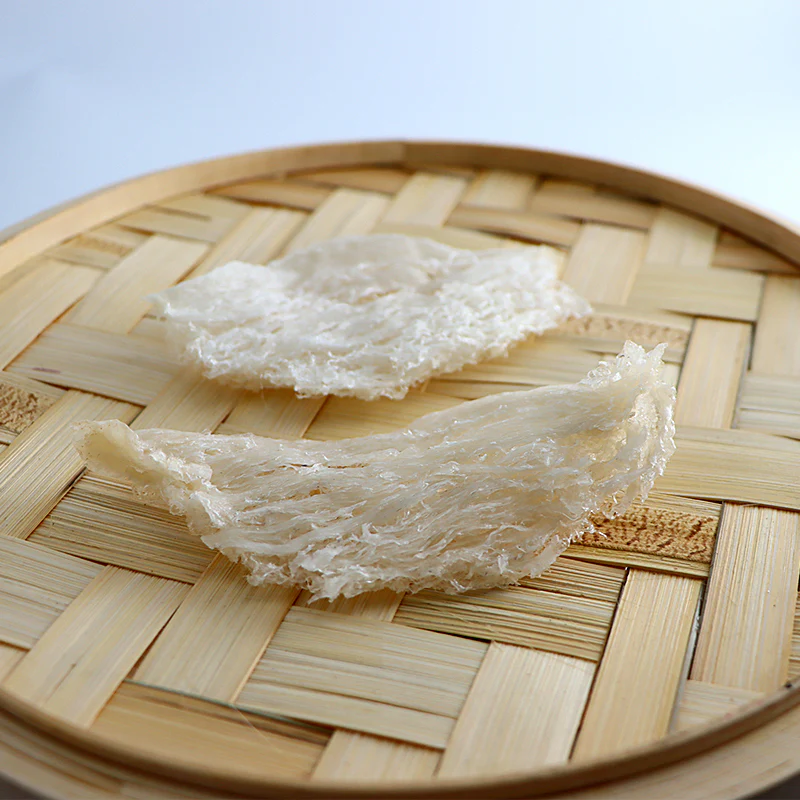
Grade C nests
- Regular Consumption: These nests are great for those who consume bird’s nests frequently and prioritize the health benefits over the aesthetics.
- Less Focus on Presentation: Grade C nests may have irregular shapes or more visible impurities, but the nutritional value remains high.
- Affordable: The lower price point makes them an accessible choice for regular, everyday consumption.
- Ideal For: Individuals or families who want to incorporate bird’s nests into their regular diet without concern for presentation.
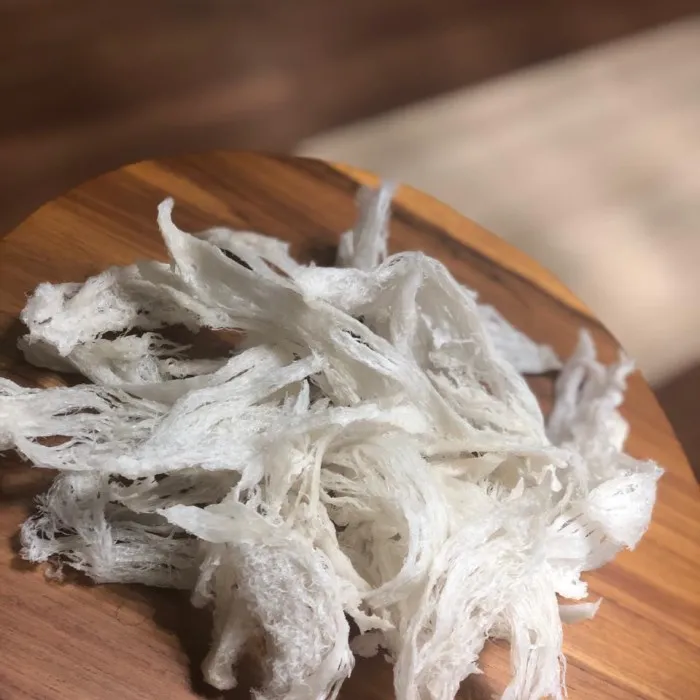
Nutritional Profile of White Bird’s Nest
White Bird’s Nest is a natural superfood packed with high-quality proteins, amino acids, and trace elements that are essential for various bodily functions. Its most prominent nutrients include:
- Amino Acids: White Bird’s Nest contains 18 amino acids, including glycine, serine, and leucine. These compounds play a critical role in tissue repair, immune function, and muscle growth.
- Collagen: Known for its ability to support skin health, collagen in White Bird’s Nest improves skin elasticity, reduces wrinkles, and promotes youthful skin.
- Trace Elements: White Bird’s Nest is rich in calcium (Ca), iron (Fe), manganese (Mn), and zinc (Zn). These minerals are vital for maintaining strong bones, enhancing immune function, and supporting cognitive health.
- Growth Factors: Certain components of White Bird’s Nest stimulate cell regeneration and repair, making it beneficial for individuals recovering from illness or surgery.

Health Benefits of White Bird’s Nest
White Bird’s Nest offers a wide range of health benefits that make it a staple in traditional medicine and modern nutrition. Some of the key benefits include:
- Enhances Skin Health: White Bird’s Nest is particularly popular for its beauty-enhancing properties. The high collagen content helps improve skin elasticity, reduce the appearance of fine lines and wrinkles, and promote a glowing complexion. Regular consumption can help slow down the aging process, making skin look youthful and healthy.
- Boosts the Immune System: White Bird’s Nest contains essential amino acids and minerals that strengthen the immune system. It enhances the body’s ability to fight infections, making it especially beneficial for children, the elderly, and individuals recovering from illness.
- Supports Digestive Health: Due to its light mineral content and easy digestibility, White Bird’s Nest is ideal for those with weak digestive systems, such as the elderly and young children. It is gentle on the stomach, making it a great option for anyone looking for a nutritious, easily absorbed food source.
- Improves Respiratory Health: White Bird’s Nest has traditionally been used to treat respiratory conditions such as asthma, chronic cough, and throat irritation. Its nourishing properties help soothe the respiratory tract and improve lung function, making it a common remedy in traditional medicine.
- Promotes Recover: Rich in amino acids and growth factors, White Bird’s Nest aids in faster recovery from surgery or illness. Its high protein content supports tissue repair and regeneration, while its immune-boosting properties speed up the healing process.
- Safe for All Age Groups: White Bird’s Nest is suitable for people of all ages, from children to the elderly. Its mild flavor and versatility in preparation make it easy to incorporate into a wide variety of dishes.
- Recovery from Illness: Against the backdrop of health restoration, Bird’s Nest shines as a remarkable aid for recovery. Its unique combination of predigested proteins and crucial nutrients makes it particularly beneficial for those recovering from chronic illnesses. If you find yourself needing a boost after an episode of sickness, incorporating Bird’s Nest into your diet could significantly aid your recovery process.
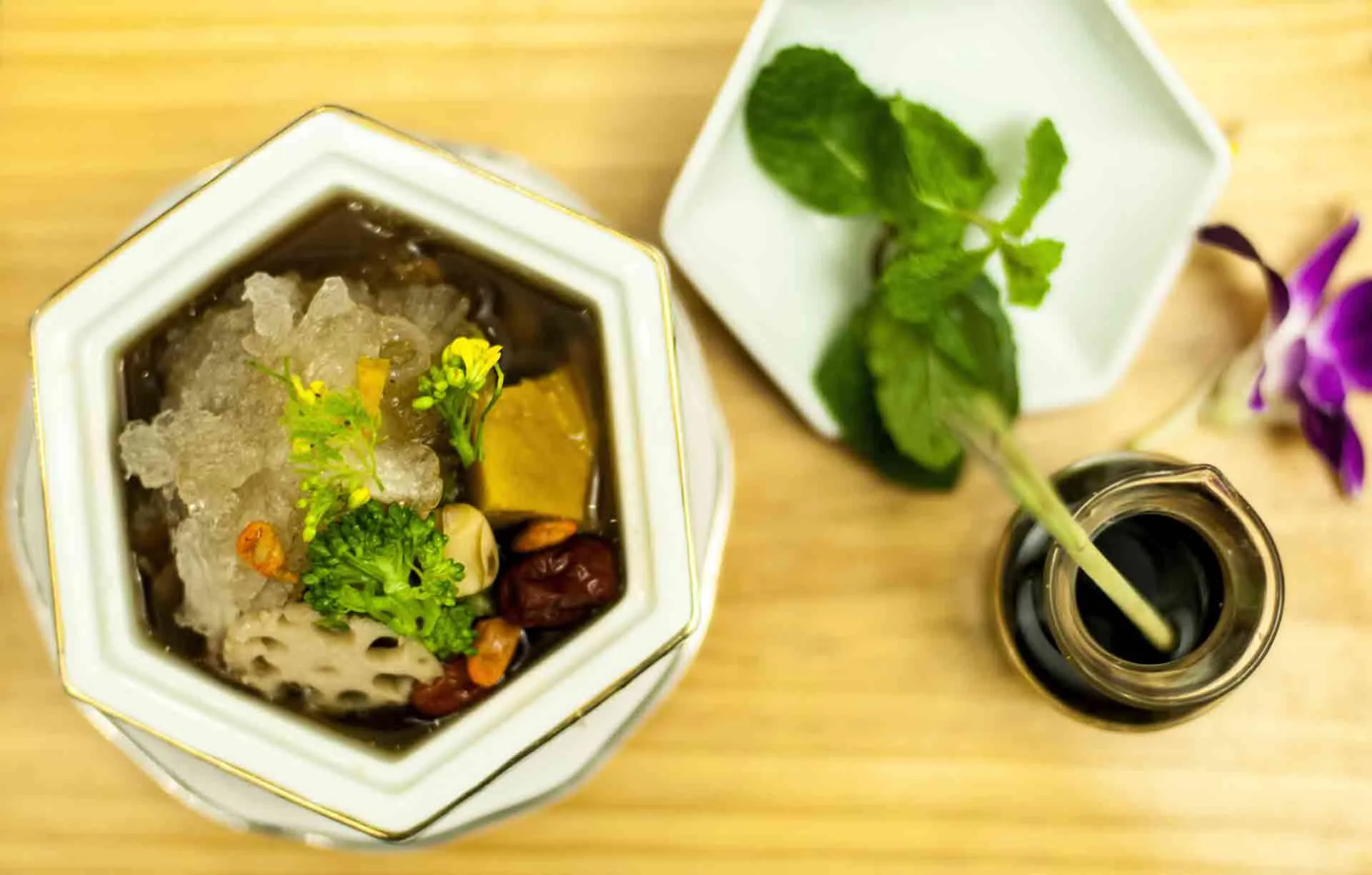
How to Use White Bird’s Nest
Despite its status as a delightful delicacy, utilizing White Bird’s Nest in your diet is simpler than it may seem. This unique ingredient can enhance your meals and provide you with valuable health benefits. Its versatility allows you to incorporate it into a variety of dishes or enjoy it as a standalone treat. In this section, you’ll learn some effective preparation methods, recommended serving suggestions, and delicious food pairings to maximize your experience with White Bird’s Nest.
Preparation Methods
About preparing White Bird’s Nest, it generally involves a few straightforward steps, depending on which type you choose to use. If you have raw White Bird’s Nest, start by soaking it in water for several hours, allowing it to soften. Once it’s fully hydrated, you’ll need to meticulously clean it to remove any feathers, dirt, or impurities. For semi-cleaned or refined nests, the preparation is much easier, as they may already be mostly cleaned and only require a short soak before cooking. Once your White Bird’s Nest is prepped, it’s ready to be used in various recipes, such as the famous bird’s nest soup. Simply simmer it with water and sweeteners like rock sugar for a nourishing dessert. You can also add it to savory dishes, combining the nests with chicken broth, ginger, and garlic for a unique and healthy meal.
Recommended Serving Suggestions
White Bird’s Nest shines when it comes to serving suggestions. White Bird’s Nest soup, often enjoyed as a dessert, is a comforting way to indulge in its numerous health benefits. You can serve it warm or chilled, depending on your preference. Another popular option is to blend it with milk for a creamy, nutrient-rich drink that retains all of its goodness while enhancing the flavor profile.
But you can also incorporate White Bird’s Nest into other meals to boost their health benefits. Given its light flavor and nutritional profile, you might consider adding it to oatmeal, smoothies, or even baking recipes to enrich your everyday foods without overwhelming their taste. This adaptability makes White Bird’s Nest a must-have in your kitchen.
Bird’s Nest Soup with Sugar
- Soak the bird’s nest in water until it softens.
- Simmer it in water with rock sugar until it becomes gelatinous.
- Serve as a nourishing dessert.
White Bird’s Nest and Chicken Soup
- Add White Bird’s Nest to a clear chicken broth.
- Simmer with chicken, ginger, and garlic for a nutritious and savory meal.
Bird’s Nest with Milk
- Soak and soften the bird’s nest, then blend it with milk for a creamy, nutrient-rich drink.
Conclusion
White Bird’s Nest stands out as a powerful natural superfood that offers remarkable health benefits. From improving skin health to boosting immunity and supporting recovery, its versatility and nutritional profile make it a valuable addition to any diet. Whether you’re looking for a way to enhance your beauty routine or support overall health, White Bird’s Nest provides a gentle yet effective solution for everyone.
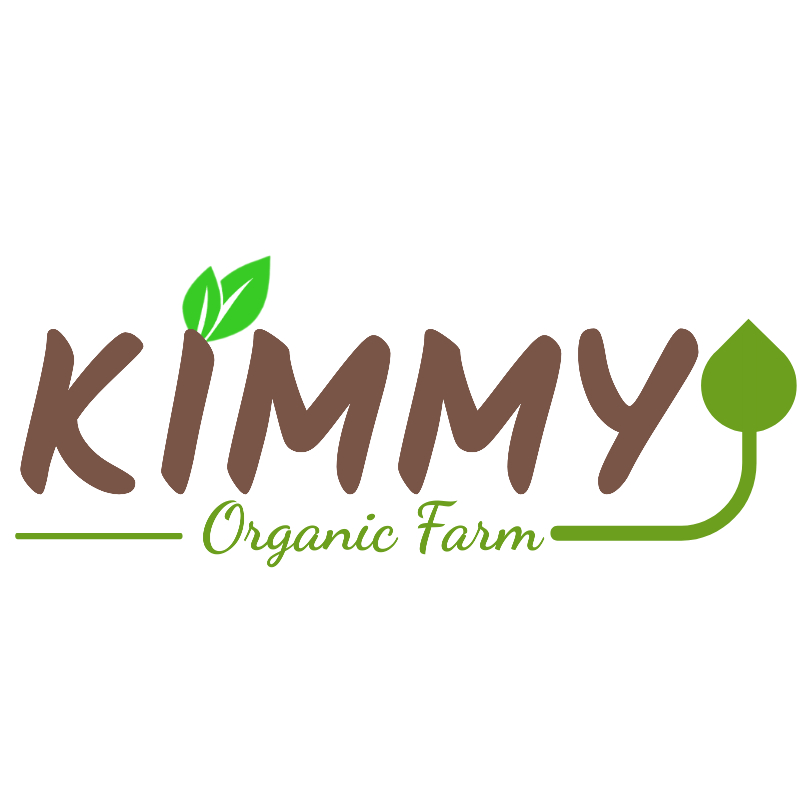
A brand specializing in the production and export of agricultural products in Vietnam. We have a black soldier fly farm in Tay Ninh and a cashew growing area in Binh Phuoc. The main export products of the company are: cashew nuts, cashew nut kernels, black soldier fly, frozen seafood, shrimp, prawns, catfish… from Vietnam.

